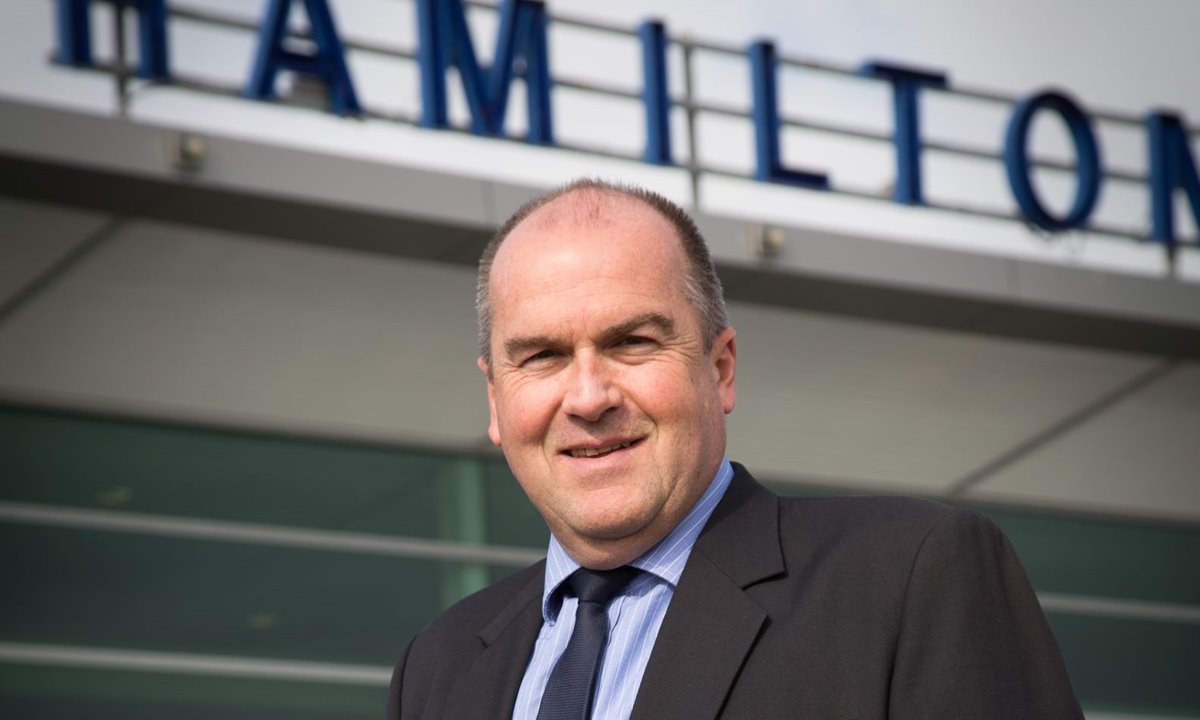Hamilton Airport chief executive Mark Morgan refers to the airport as a “reluctant property developer”. But that phrase – or rather, that strategy – is panning out nicely.
So nicely, in fact, that they’ve had to bring forward stage 4 of the Titanium Park development due to high demand for land.
Historically, regional airports, tend not to make money or at best they might break even. Demand for air travel is largely out of their control and with airport infrastructure requiring significant capital investment, profitability can vary greatly. Many airports look to develop non-aeronautical revenue streams to provide a more stable base and to protect their core aviation business.
“We’re doing well here because we’ve diversified into property and we have also had significant growth in passenger numbers,” said Morgan.
Titanium Park was originally a joint venture that was established in 2009 between McConnell Property and Waikato Regional Airport Ltd (WRAL) with a vision to develop an innovative business hub with quality infrastructure close to local and national highway connections, immediate access to Hamilton Airport and proximity for agri-business.
While the joint venture was mutually dissolved in March 2016, the vision remains unchanged and, today, the Park sprawls across six precincts and is home to the likes of Torpedo 7, Helicorp, pilot training school L3 Aviation, Armourguard, Pacific Aerospace, and the sprawling premises that is paper, packaging and recycling company Visy Board. Numerous plots of land have been sold, and construction is either underway or due to start soon.
The plan is to house a balance of commercial, industrial, manufacturing, and supporting retail businesses alongside the existing aviation cluster.
Morgan says the appeal of the precinct will be further bolstered by the Peacocke residential development, Southern Links and the completion of the Waikato Expressway.
WRAL own a 100-hectare farm bordering the Airport to ensure the aerodrome is future-proofed for aeronautical and non-aeronautical opportunities. They’ve also submitted an application for a Private Plan Change to council hoping to open up an additional 12 ha of land on the Southern Precinct as well as improve the internal roading and access to the Airport over the next 5 years.
WRAL added to its portfolio when it acquired the Hamilton Airport Hotel and Conference Centre buildings – they already owned the land – in January 2017. They will acquire the going concern in early 2019.
“We’re looking at branded operators for that and it needs a refresh. We hope to bring the 62-room hotel up from a 3-star to 4-star accommodation,” Morgan said.
“The occupancy rate is already good, but we’ll improve on that. It’s got a lot going for it in terms of location… the proximity to Mystery Creek and the new golf course that’s about to be redeveloped at Lochiel which has been designed by Philip Tataurangi.”
So, while WRAL’s foray into property development has seen them successfully spread risk and bolster their earnings, it’s good news when it comes to actual airport business, too.
There’s been huge passenger growth in the past year. That’s up 11 per cent, said Morgan.
“We’ve seen so much demand that for us, it’s about getting enough capacity in our market to meet the demand.”
It makes sense, then, that the Airport will be doing some research in the next 2-3 months to establish whether that supply and demand tussle warrants them putting together a business case to pitch to airlines in a bid to increase its capacity.
WRAL is expected to release its earnings at its AGM on October 4.



.jpg?sfvrsn=14164ce5_1&mode=crop&width=770&height=462&format=jpeg&quality=85)
.jpg?sfvrsn=414c0434_1&mode=crop&width=770&height=462&format=jpeg&quality=85)
.png?sfvrsn=16db4cf2_1&mode=crop&width=770&height=462&format=jpeg&quality=85)